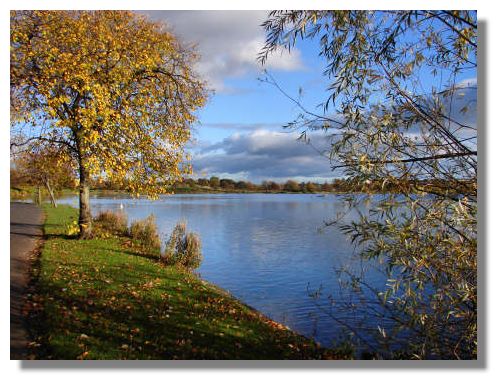
"Scotland Week by Week" contains a selection of flowers, animals, birds and scenery typical of the time of year. The photographs were previously part of a regular "Colour Supplement" which ran for nearly four years as part of the original Scottish Snippets newsletter. While seasons do vary from year to year, this collection gives a good idea of the flora and fauna typical of central Scotland at each week of year.

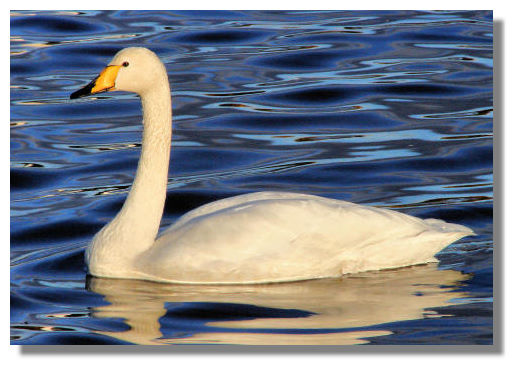
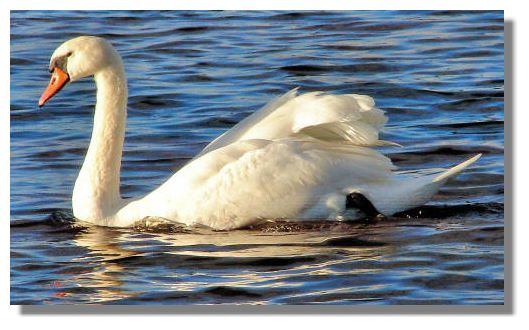
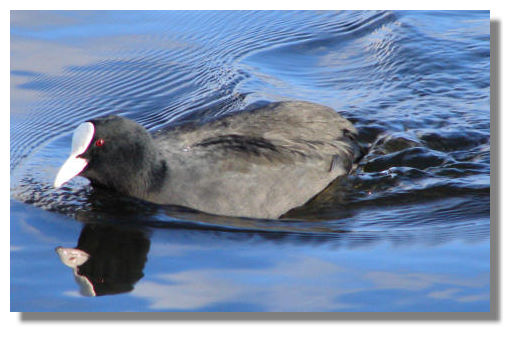
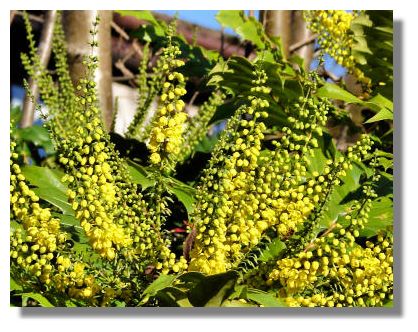
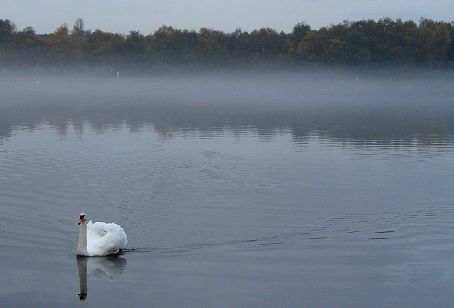
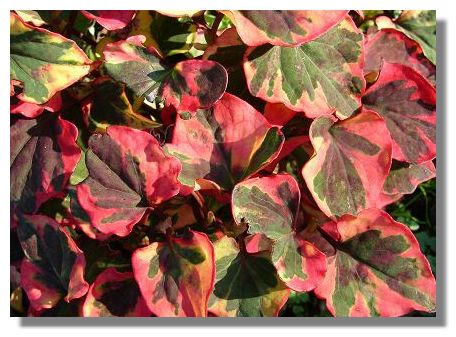
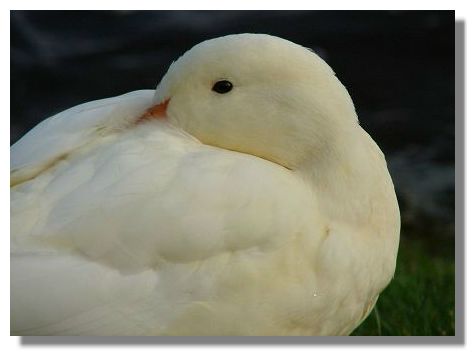
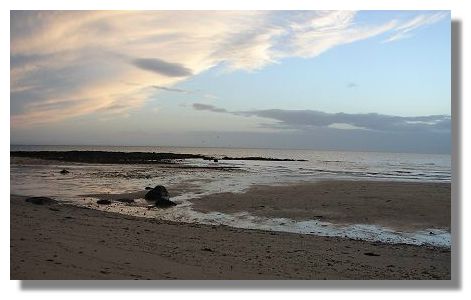
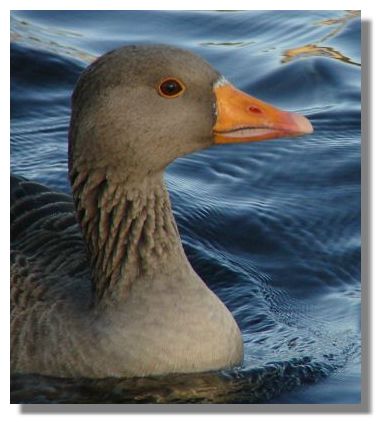
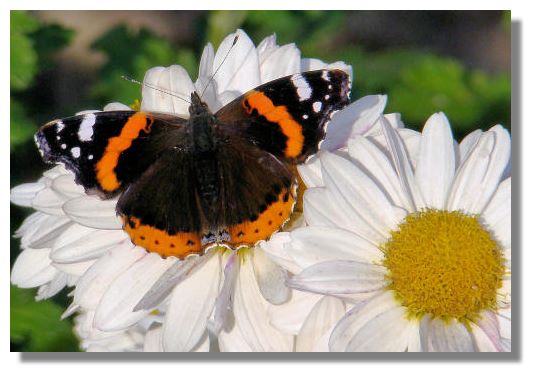
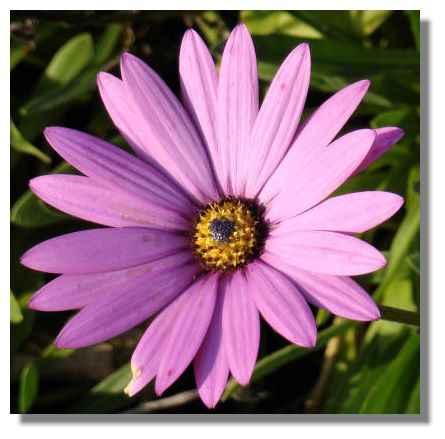
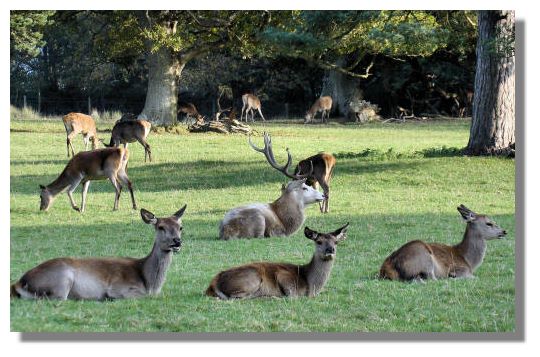
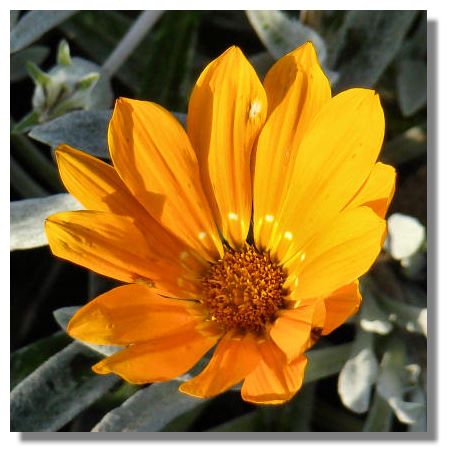
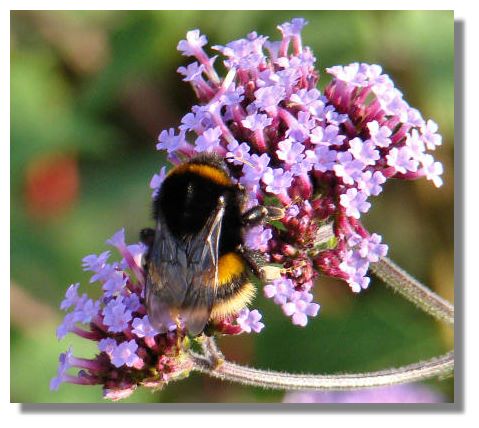
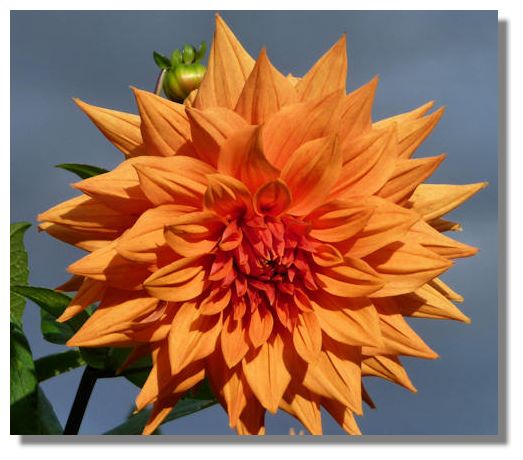
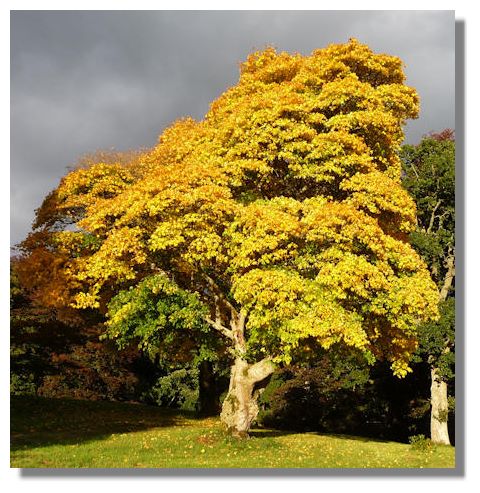
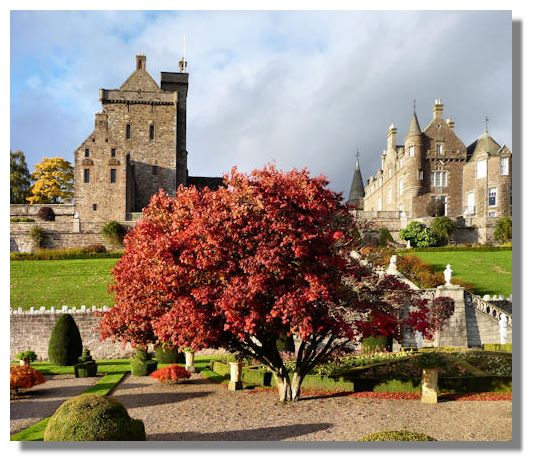
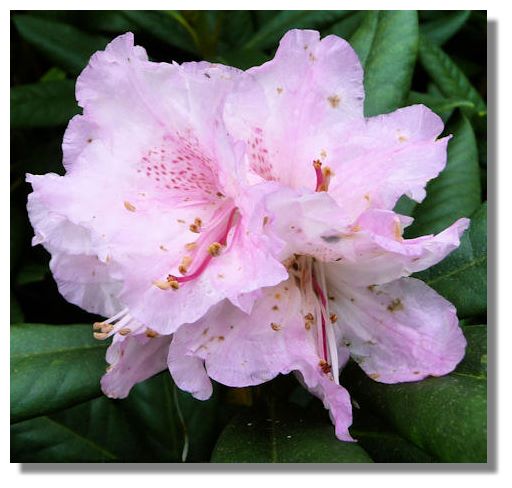
If you want to look back at other editions of these photos of Scotland week by week, there is an Index Page

Where else would you like to go in Scotland?

